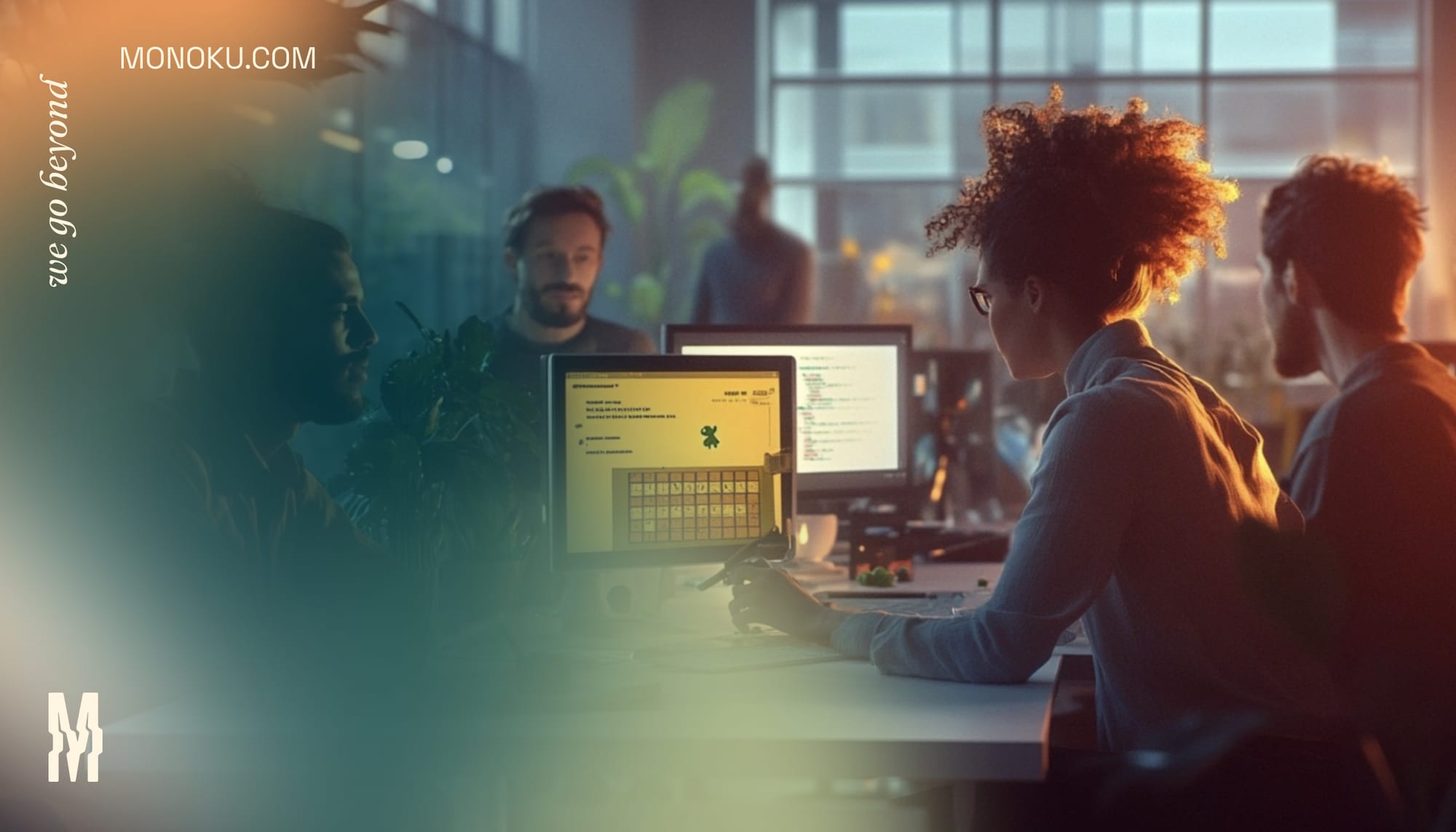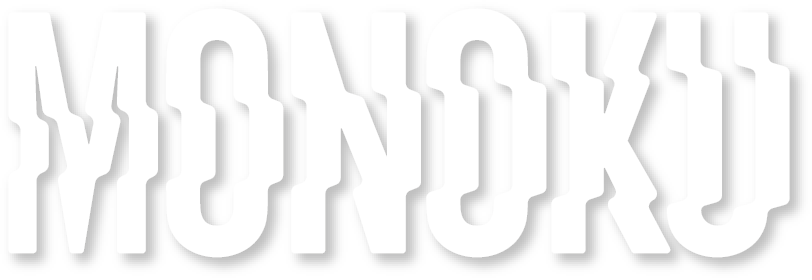Experimenting with New Technologies: Why Curiosity Drives Us Forward

Curiosity is the key to discovering new ways to improve how we work. It's not just about building something quickly, but about exploring how new tools can reshape the way we approach problems and processes. Recently, we set out to experiment with new technologies, and the results were eye-opening.
Here’s a glimpse into how constant experimentation has been shaping our team and driving us forward:
1. Pomodoro + Daily Planner App with Replit: Discovering New Efficiency
This week, we wanted to see how fast Replit’s new assistant could build a Pomodoro Timer + Daily Planner app. The interesting part? The person taking on the experiment had zero development experience. The goal was to see how long the assistant would take to handle the task, knowing it’s still in its trial phase and a bit unstable. After a few tries, they managed to get the process down to just a few minutes. It took some back-and-forth, but in the end, we were impressed by how much the assistant could achieve in such a short time—something that would typically take much longer to code manually.
What stood out wasn’t just the speed, but the potential for streamlining our internal processes. With the assistant handling most of the heavy lifting, we started thinking about how we could integrate this tool into our workflows to automate repetitive tasks, free up time for more creative work, and accelerate the pace at which we can test new ideas.
What we learned:
This experiment showed us that tools like Replit’s assistant can empower anyone on the team to contribute to technical tasks, regardless of their background. It’s not just about coding faster—it’s about redefining how we approach development. By letting the tool take care of certain tasks, we can focus more on refining ideas, improving design, and tackling more complex challenges. It’s a great reminder that sometimes the key to innovation isn’t doing more—it’s finding smarter ways to do less.
2. Deploying a Minesweeper-Inspired Game with GPT o1-preview: Creative Fun Meets AI Efficiency
For this experiment, our COO Natalia decided to combine her love for Minesweeper with the curiosity to see how far GPT o1-preview could take the idea. She aimed to create a custom version of the game, replacing the mines with frogs. With simple prompts, GPT generated the initial game in under 20 minutes.
While the game was functional, it still needed refinement. Natalia iterated through several design adjustments, asking the model to improve the visual elements and include features like difficulty levels and a timer. Even though GPT provided a quick starting point, it was Natalia’s guidance and repeated feedback that made the game visually appealing and intuitive.
What we learned:
This experiment was more than just testing AI speed—it revealed the potential for collaboration between humans and AI. While the AI handled the initial coding and repetitive tasks, human direction was essential for fine-tuning the game’s aesthetics and functionality. The process highlighted how AI can reduce the time spent on technical aspects, giving us more space to focus on creative and strategic decisions. Ultimately, this hybrid approach—where AI and humans work together—leads to faster, more refined results.
3. Building Our Own GPT for Communication and Content Creation: Enhancing Creativity and Efficiency
In one of our recent experiments, we focused on improving our internal communication processes using a custom GPT assistant. The goal was simple but ambitious: create a tool that could maintain our unique tone and style in every interaction.
The first phase involved training the GPT model to understand our communication preferences—our specific tone, style, and how we communicate both internally and externally. By continuously refining the model, we were able to tailor it to generate responses and ideas that align with our brand voice.
As we continued testing, the assistant began to streamline our processes significantly. Tasks that once took more time now required less effort, allowing us to focus more on creativity and strategy. The GPT model creates efficient drafts quickly, leaving room for our team to refine and improve them.
What we learned:
- Faster processes, but still human-driven: While the GPT assistant saves time on repetitive communication tasks, human oversight is necessary to ensure consistency and creativity. The tool helps create drafts quickly, but the final message is shaped by the team.
- Adapting the tool to our tone: Training the model to adopt our unique tone was key. This experiment highlighted how flexible AI can be in adapting to specific brand needs when given the right input and guidance.
- Creativity boost: With the assistant taking care of routine tasks, we found that it gave us more time to focus on creative problem-solving. The AI enhanced, rather than replaced, our creative processes, allowing us to brainstorm better ideas while leaving the heavy lifting to the tool.
Curiosity as the Key to Growth
There’s a mindset behind experimentation that goes beyond just trying out the latest tech trends. It’s about staying curious and questioning the way things are done. When a team embraces this, it unlocks creativity, adaptability, and resourcefulness. Experimenting with new technologies keeps us on our toes and teaches us to look at challenges from fresh perspectives.
The power of constant experimentation lies in its ability to foster growth. It encourages us to move beyond what we know, explore new approaches, and discover skills we didn’t even realize we were developing. This process isn’t just for developers—everyone in the team benefits. Whether you’re working on code, managing a project, or brainstorming ideas, experimenting with new tools and methods makes us all more versatile and capable.
Moreover, experimentation builds a culture where everyone’s input matters. When we test something new, we rely on each other’s insights, no matter the role. This collective curiosity creates a more dynamic and open team, where everyone contributes to the creative process. New ideas can come from anywhere, and often, it’s the combination of diverse perspectives that leads to the most innovative solutions.
Finally, experimenting helps us stay open to the unexpected. In our constant search for new ways of doing things, we don’t just develop better products—we become better collaborators. Being open to trying something new means being open to feedback, to change, and to growth. This attitude helps us not only improve our own projects but also contribute meaningfully to the work of others, creating a ripple effect that extends far beyond our own team.
Embracing the Unknown
In the end, staying curious and constantly experimenting is what keeps any team fresh, motivated, and ready for the next challenge. The tools and technologies we work with will continue to evolve, but it’s the willingness to explore them that truly fuels innovation. By remaining curious and open to change, we don’t just keep pace with the world around us—we help shape it.
At Monoku, we thrive on experimentation, and we’d love to collaborate and create something innovative with you. Whether you’re looking to streamline processes, develop digital products, or explore AI-driven solutions, we’re here to help make it happen. If you’re ready to push boundaries and explore how new technologies can transform your project, Let’s connect!
